That ‘Miracle’ Cleaner Wrecking Your Home? It Might Be Vinegar.
I’ve been in the cleaning and restoration game for a long time, and let me tell you, I’ve seen it all. I get calls to fix gorgeous marble counters that look like they’ve been sanded down, or to figure out why brand-new hardwood floors have a stubborn, cloudy haze. More often than you’d think, the culprit isn’t some crazy industrial chemical. It’s something sitting right in your pantry: plain old white vinegar.
In this article
Look, I get it. Vinegar has this reputation as a cheap, natural, do-everything cleaner. And for some things, it’s fantastic. But in my world, knowing what not to do is just as important as knowing what to do. The simple fact is, vinegar is an acid. Once you really understand what that means for the different surfaces in your home, you can save yourself a world of hurt and some seriously expensive repair bills.
This isn’t about scaring you off vinegar for good. It’s about giving you the kind of practical, real-world knowledge that the pros use every day. So, let’s dive in and look at where it shines, where it does damage, and how you can make the right call every time.
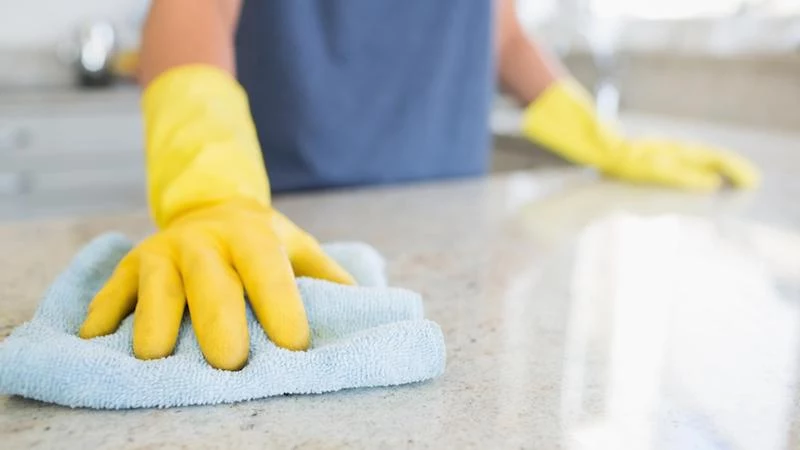
First, Where Vinegar Actually Works
Before we get to the scary stuff, let’s be fair. Vinegar is a champ at a few specific tasks precisely because it’s acidic. It excels at breaking down mineral deposits.
So, feel free to use a vinegar solution for things like:
- Descaling your coffee maker: It’s amazing at dissolving that chalky buildup. Just be sure to run a few cycles of plain water through afterward.
- Cleaning windows and glass: A 50/50 mix of vinegar and water can leave a streak-free shine.
- As a rinse aid in your dishwasher: A small amount in the rinse aid compartment can help prevent water spots, especially if you have hard water.
The key here is that these surfaces—glass, stainless steel interiors, certain ceramics—aren’t vulnerable to a mild acid. But that’s a pretty short list, isn’t it?
The Danger Zone: Natural Stone Countertops
One of the most frequent and genuinely heartbreaking calls I get is for etched stone. I once visited a beautiful historic home where the owner was in a total panic. Her prized marble baking slab had dull, whitish spots all over it after a party. Turns out, her well-meaning cleaning person had wiped it down with vinegar and water to make it shine. Instead, they chemically burned the surface.

Marble, limestone, and travertine are all calcium carbonate-based stones. When the acetic acid in vinegar hits them, it literally starts to dissolve the stone. This is called etching. It’s not a stain you can wipe off; it’s a physical change to the stone itself, removing the polish and leaving a dull spot.
What about granite? Good question. Granite is tougher and more resistant to acid than marble. However, almost all granite countertops have a protective sealer on them. Vinegar is strong enough to break down and strip that sealer, leaving your porous stone vulnerable to stains from wine, oil, or coffee. It’s a slow death for your countertop’s finish.
A Pro’s Technique:
- For daily cleaning, all you need is a pH-neutral cleaner. You can find stone-safe sprays like Method Daily Granite or Weiman at most stores for about $8-$15. Or, just put a few drops of pH-neutral dish soap in a spray bottle of warm water.
- Spray the surface, wipe with a soft microfiber cloth, and—this is important—dry it with a separate clean cloth to prevent water spots.
- For disinfecting, a 50/50 mix of 70% isopropyl alcohol and water is safe for the stone and the sealer. It disinfects and evaporates quickly.
Heads up: If you accidentally etch your counter, you might be able to fix a very minor spot with a special marble polishing powder. But for widespread damage like my client had, the only fix is professional honing and polishing. This is a messy, multi-step process that can cost anywhere from $500 to over $2,000, depending on the size of the job. Suddenly, that $10 bottle of proper cleaner looks pretty good, right?
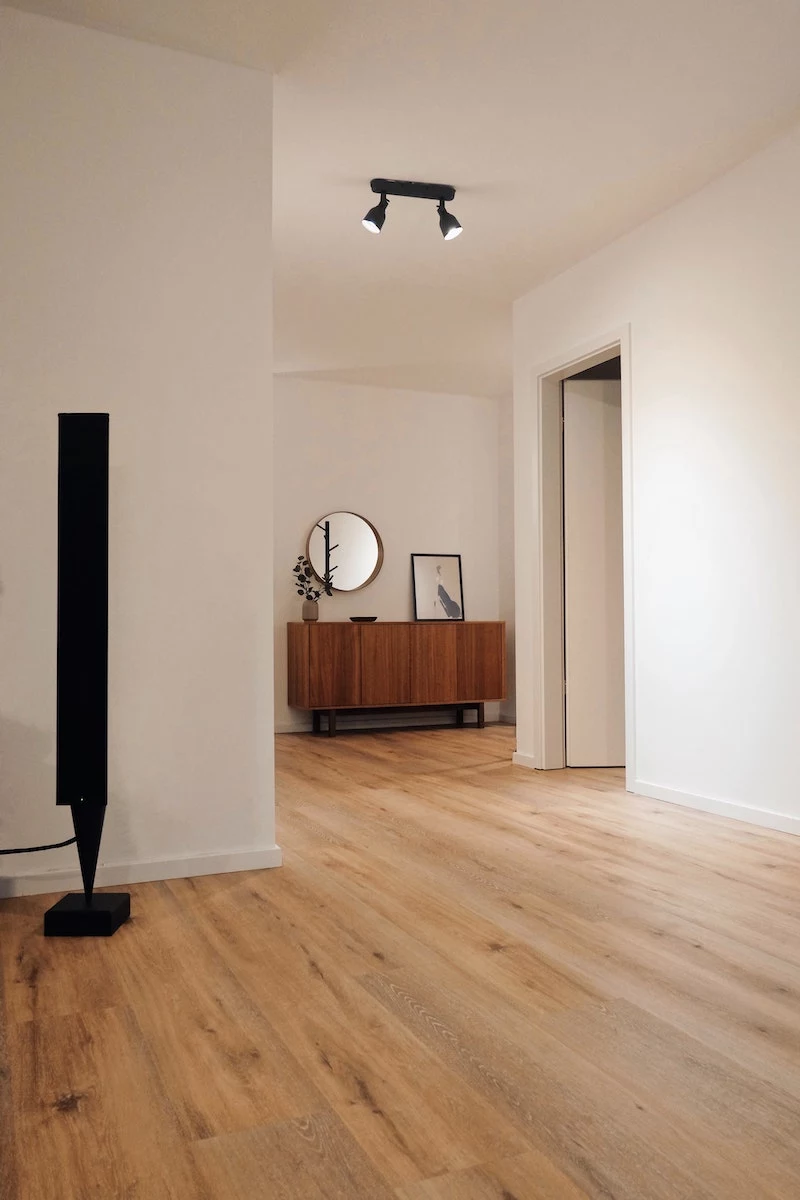
Your Beautiful (and Expensive) Hardwood Floors
I hear this all the time: “I’ve used vinegar on my wood floors for years with no problem!” What people don’t see is the slow, cumulative damage. I once consulted on a home with stunning oak floors that had a persistent cloudy haze. The owner was frustrated, having spent a fortune on them just a few years earlier. She was a diligent cleaner, using her trusted vinegar-and-water mop mix every week. She was, in fact, cleaning the life right out of her floor’s finish.
Modern wood floors are protected by a polyurethane finish. Acidic vinegar, even when diluted, slowly erodes this protective layer. Each time you mop, you’re softening and stripping away a microscopic amount of that finish. That’s what causes the cloudiness. Eventually, it wears through completely, exposing the raw wood to water and dirt.
By the way, this isn’t just my opinion. Pretty much every major flooring manufacturer explicitly states that using vinegar or acidic cleaners on their products will void the warranty. They know their finishes can’t handle it.

A Pro’s Technique:
- Use a pH-neutral cleaner specifically made for hardwood floors.
- Get a good flat-head mop with a few microfiber pads. You can get a great setup for under $30 at Target or online.
- Lightly mist the pad with cleaner, not the floor. Never pour liquid directly on your wood floor.
- Mop, and swap for a clean pad as soon as the first one gets dirty. You want to lift the dirt, not just push it around.
Grout Lines: The Unsung Hero You’re Dissolving
Grout is another common victim. I saw a commercial kitchen floor where the grout was literally crumbling away. The maintenance crew thought they were disinfecting with a strong vinegar solution, but they were actually dissolving the very binder that held the tiles together.
Standard grout is cement-based, which means it contains lime. And as we’ve learned, acid loves to eat the components of lime. Cleaning with vinegar makes grout porous, brittle, and weak. It starts to crack and chip. Worse, as it gets more porous, it soaks up more dirt and moisture, becoming a breeding ground for mildew.

A Pro’s Technique:
For deep cleaning grimy grout, you want to go the opposite way: use an alkaline cleaner (with a pH above 7). These are fantastic at breaking down grease, soap scum, and organic gunk without harming the grout. Look for products labeled as “heavy-duty” or those containing oxygen bleach. Apply the cleaner, let it sit for 5-10 minutes, scrub with a stiff grout brush (about $5 at any hardware store), and then rinse the area thoroughly with clean water to remove all the residue.
Quick tip: The absolute best way to protect your grout is to seal it. After it’s clean and completely dry, apply a penetrating grout sealer. It’s a simple DIY project that takes an hour or two. You just wipe it on, let it soak in, and wipe the excess off the tiles. A bottle costs around $20-$40 and is worth every penny.
More Surprising Places to Avoid Vinegar
It doesn’t stop at floors and counters. Here are a few more things people often get wrong:
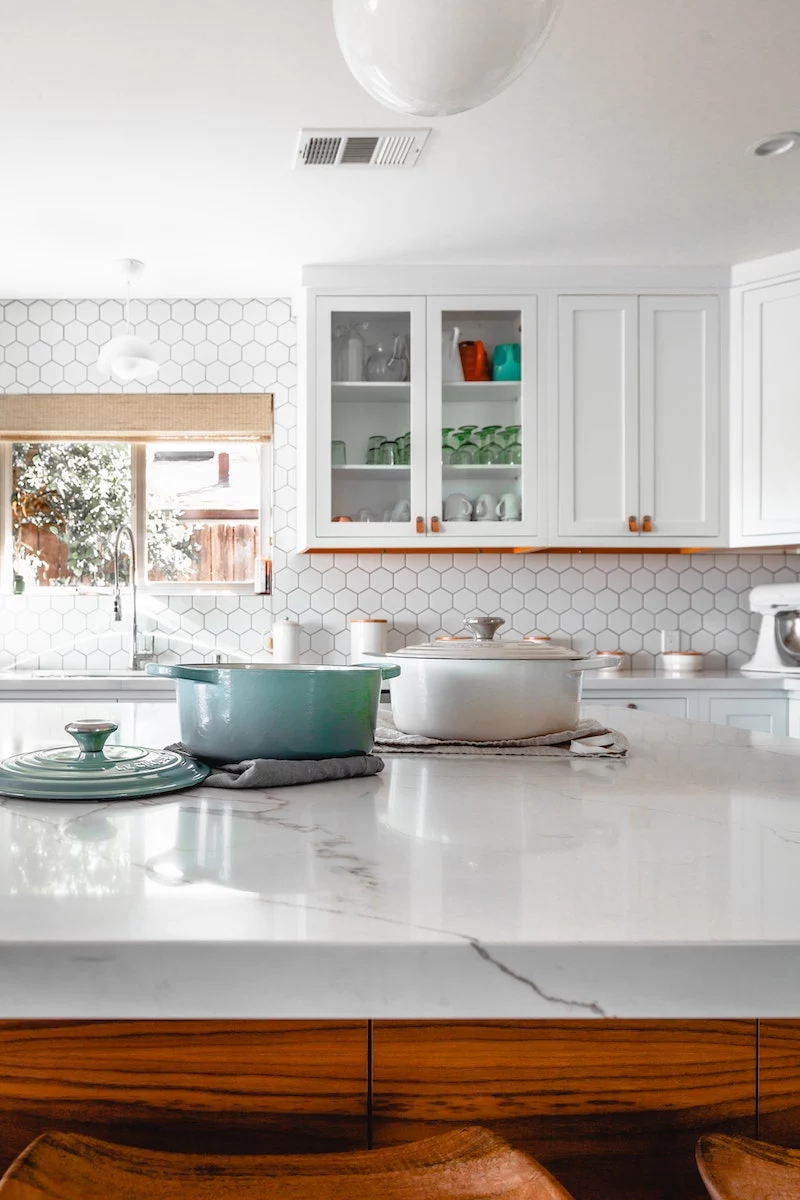
- High-Carbon Steel Knives: A chef once showed me his prized knife, pointing out tiny pits along the blade’s edge. A new helper had been soaking the knives in vinegar. The acid can pit the fine edge of high-carbon steel, ruining its cutting ability. Just use soap and water, and dry your good knives immediately.
- Cast Iron Pans: Please, don’t. The acid will strip away that beautiful, non-stick seasoning you’ve worked so hard to build up.
- Rubber Gaskets and Hoses: Using vinegar as a cleaning agent in your dishwasher or washing machine can be a problem over the long haul. The acid can slowly degrade the rubber seals and hoses, leading to brittleness, cracks, and eventually, a leak.
When Is It Time to Call for Help?
Sometimes, the damage is already done. You’ll know it’s time to call a professional restorer if you’re seeing:
- Widespread dull spots (etching) on your stone that don’t wipe away.
- A cloudy haze on your hardwood floor that won’t go away no matter how much you clean it.
- Grout that is actively cracking, crumbling, or falling out in chunks.
Honestly, the best defense is a good offense. Your home cleaning kit doesn’t need to be complicated. A bottle of pH-neutral all-purpose cleaner, a stone-safe spray, a proper hardwood floor cleaner, and a stack of clean microfiber cloths will safely handle 99% of your daily cleaning needs—without causing any expensive ‘oops’ moments down the line.
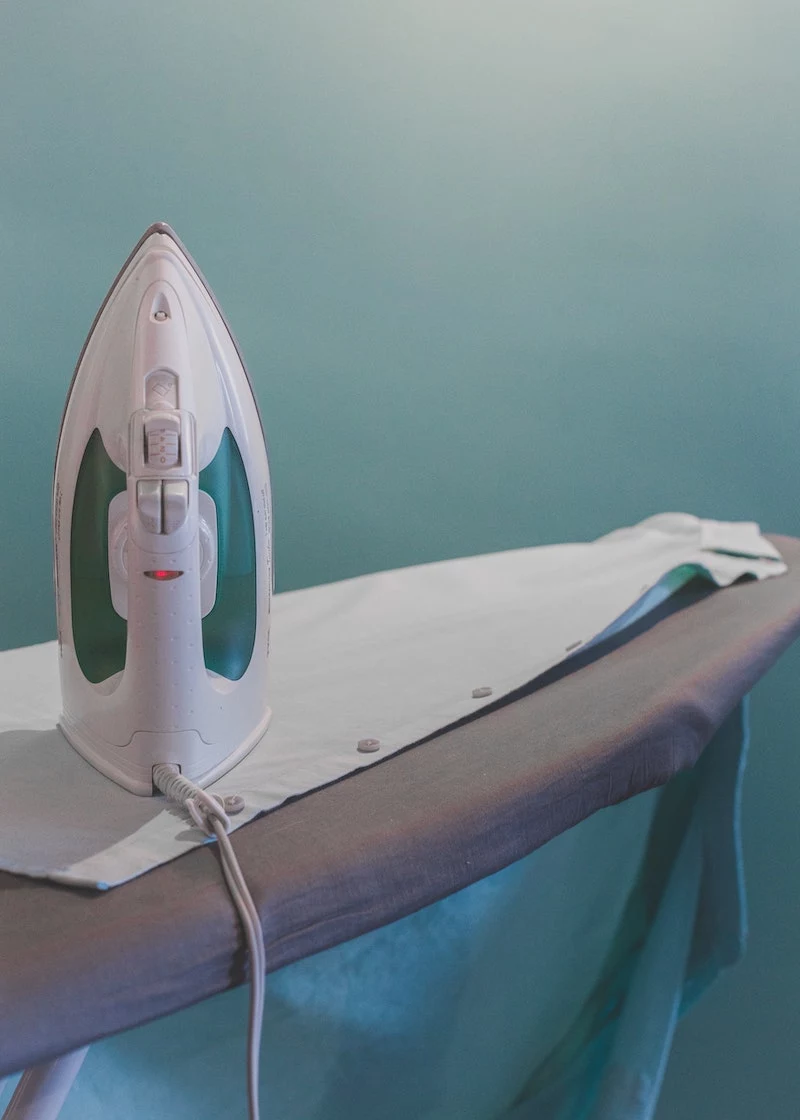
Inspiration:

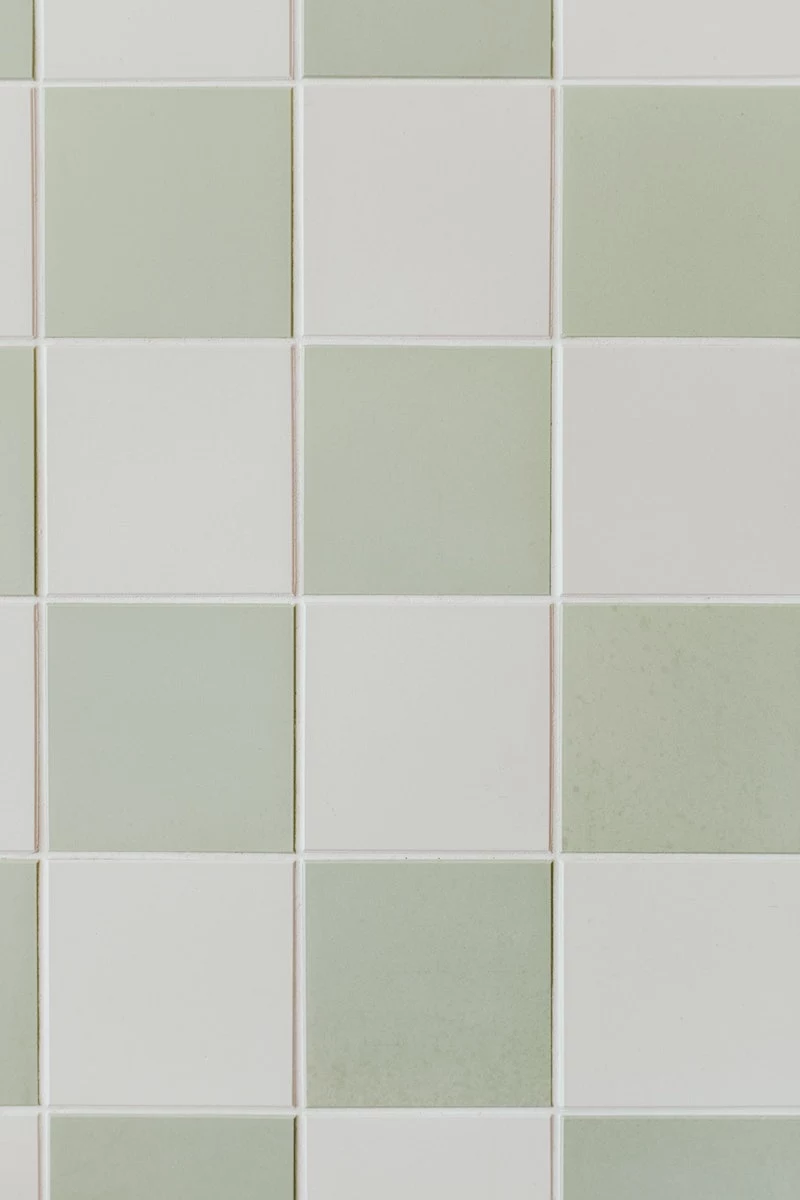
Most modern hardwood floors aren’t sealed with wax, but with a durable polyurethane finish.
That protective layer is precisely what’s at risk. While a single wipe with a heavily diluted vinegar solution might not cause immediate visible harm, repeated use slowly eats away at this polyurethane coating. The result isn’t a clean floor, but a dull, hazy surface that has lost its protective sheen and is now more susceptible to water damage and scratches. For a truly safe clean, stick to a pH-neutral cleaner specifically formulated for wood floors, like those from brands such as Bona or Pallmann.
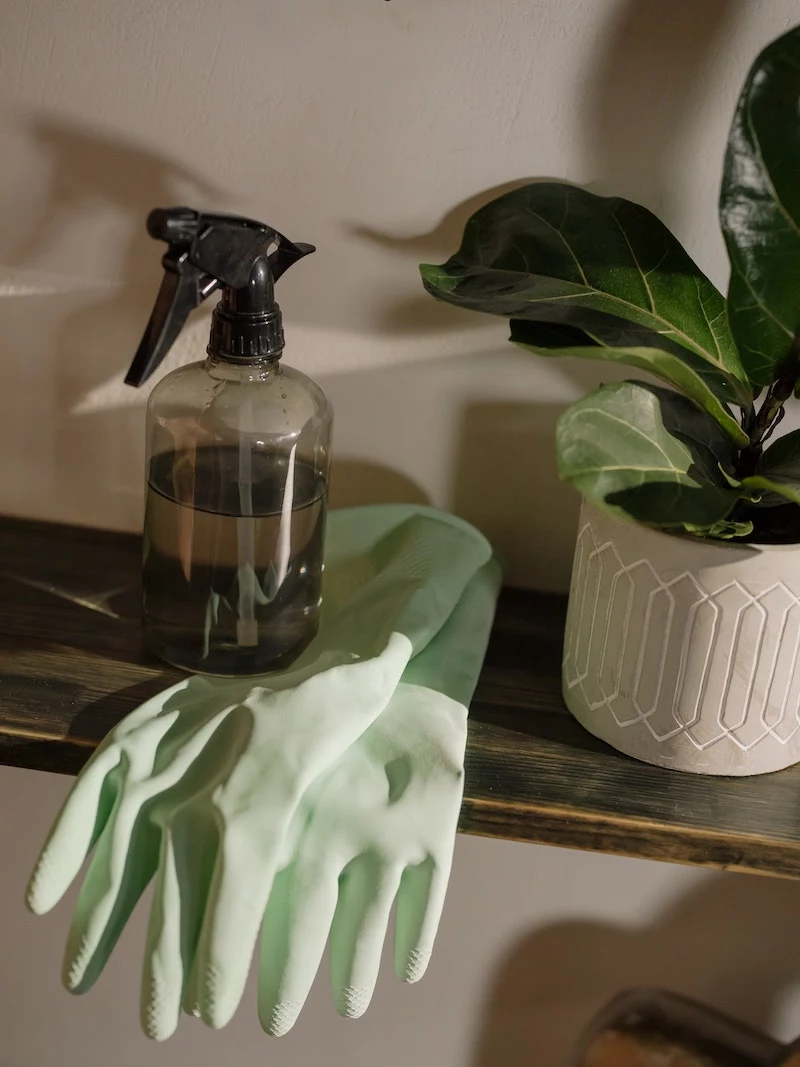
But if I can’t use vinegar on my grout, what’s left?
It’s a common question, as grout lines are notorious for collecting grime. The problem is that vinegar, being an acid, can break down and dissolve the cementitious material in unsealed grout over time, leading to crumbling and costly repairs. A much safer and highly effective alternative is to create a paste using an oxygen-based cleaner, like OxiClean, and a small amount of water. Apply it with a stiff brush, let it sit for 10-15 minutes, scrub, and rinse. It lifts stains without compromising the grout’s integrity.
The pH Scale in Cleaning: A Quick Guide
- Acidic (like vinegar): Effective against mineral deposits (limescale, rust).
- Alkaline (like bleach or baking soda): Powerful against fats, oils, and grease.
- Neutral (pH of 7): The safest choice for delicate or unknown surfaces.
The key is to match the cleaner to the stain and the surface, not to rely on one ‘miracle’ solution.










